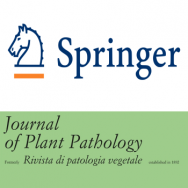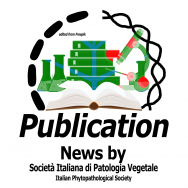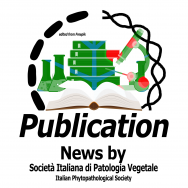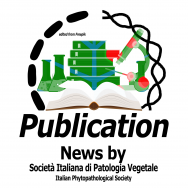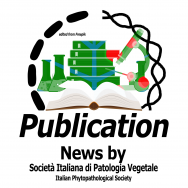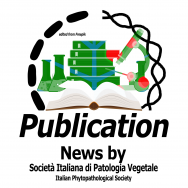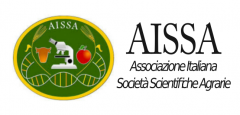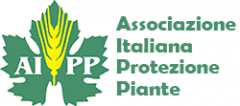We are delighted to invite you at the workshop “EMPHASIS on the International Year of Plant Health” that will be held on February 12th, 2019 at the Congress Centre Torino Incontra at via Nino Costa 1 in Torino until 9 a.m.
The registration is required: here
.
The first issue of 20419 of the Journal of Plant Pathology is now online
Volume 101, Issue 1, February 2019
Two PhD positions in EVOLUTIONARY ECOLOGY OF PLANT MICROBIOMES in Tübingen!
Deadline: 31 March 2019
Contact: [email protected]
A new species of the genus Potyvirus infecting potatoes, with the proposed name Potato yellow blotch virus (PYBV), was discovered in a breeding line 99m‐022‐026 in Scotland. The infected plants show isolated yellow blotches on the leaves. The genome of PYBV contains a large open reading frame...
Green mould disease causes serious economic losses in Pleurotus ostreatus crops worldwide, including in Italy, where prochloraz is the only chemical fungicide allowed to control the disease. The effectiveness of the doses 0.01, 0.05, 0.25 and 1.25 μL L−1 (field dose) of prochloraz...
Fusarium head blight (FHB), caused by fungi belonging to the Fusarium genus, is a widespread disease of wheat (Triticum aestivum) and other small‐grain cereal crops. The main causal agent of FHB, Fusarium graminearum, produces mycotoxins mainly belonging to type B trichothecenes,...
Xanthomonas campestris pv. campestris (Xcc) is the causal agent of black rot in Brassicaceae. It is widespread in Italy and severe outbreaks occur under conditions that favour disease development. In this study a multilocus sequence typing approach (MLST) based on the partial sequence of seven loci...
Pseudomonas syringae is the most frequently emerging group of plant pathogenic bacteria. Because this bacterium is ubiquitous as an epiphyte and on various substrates in non-agricultural settings, there are many questions about how to assess the risk for plant disease posed by strains in the...


